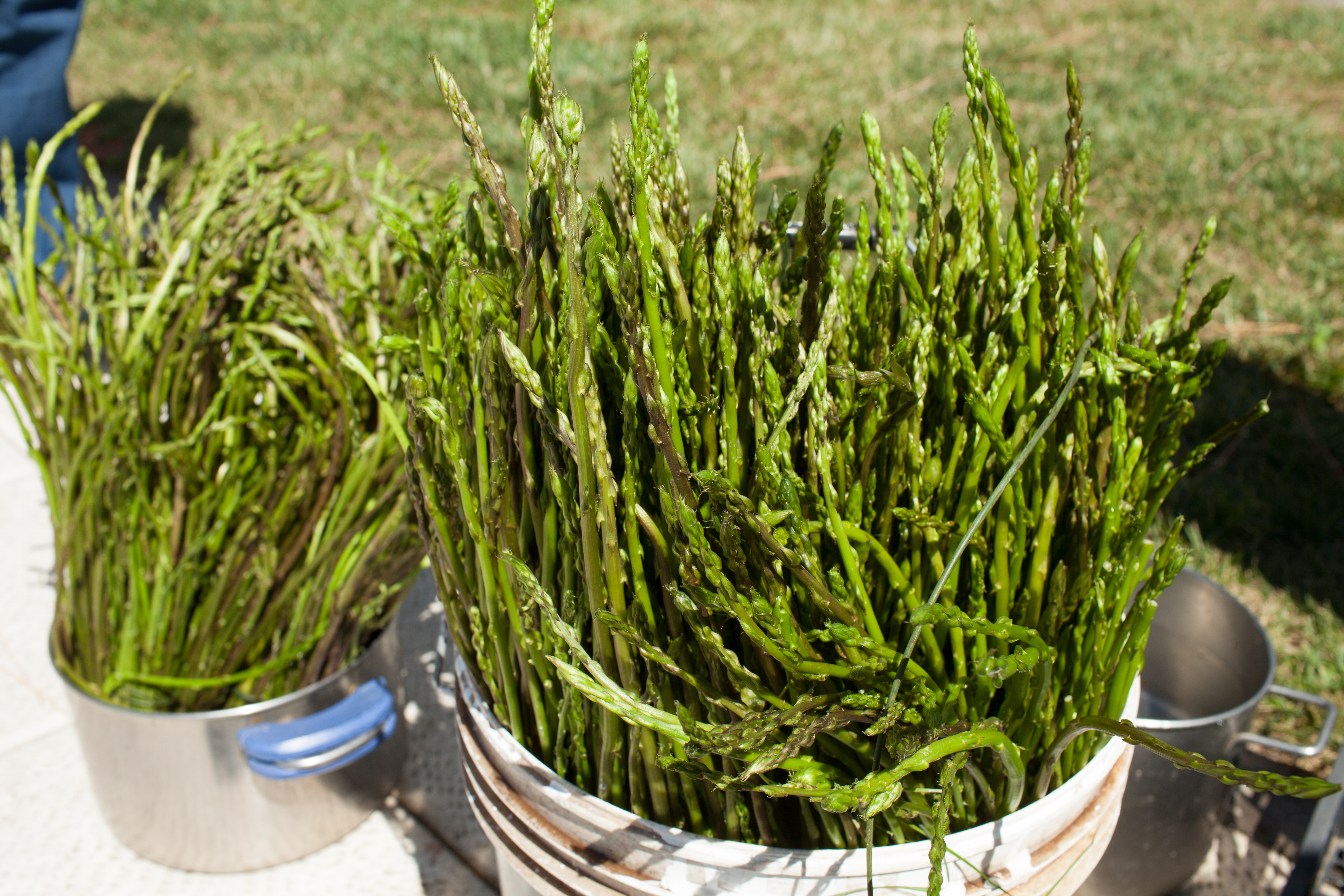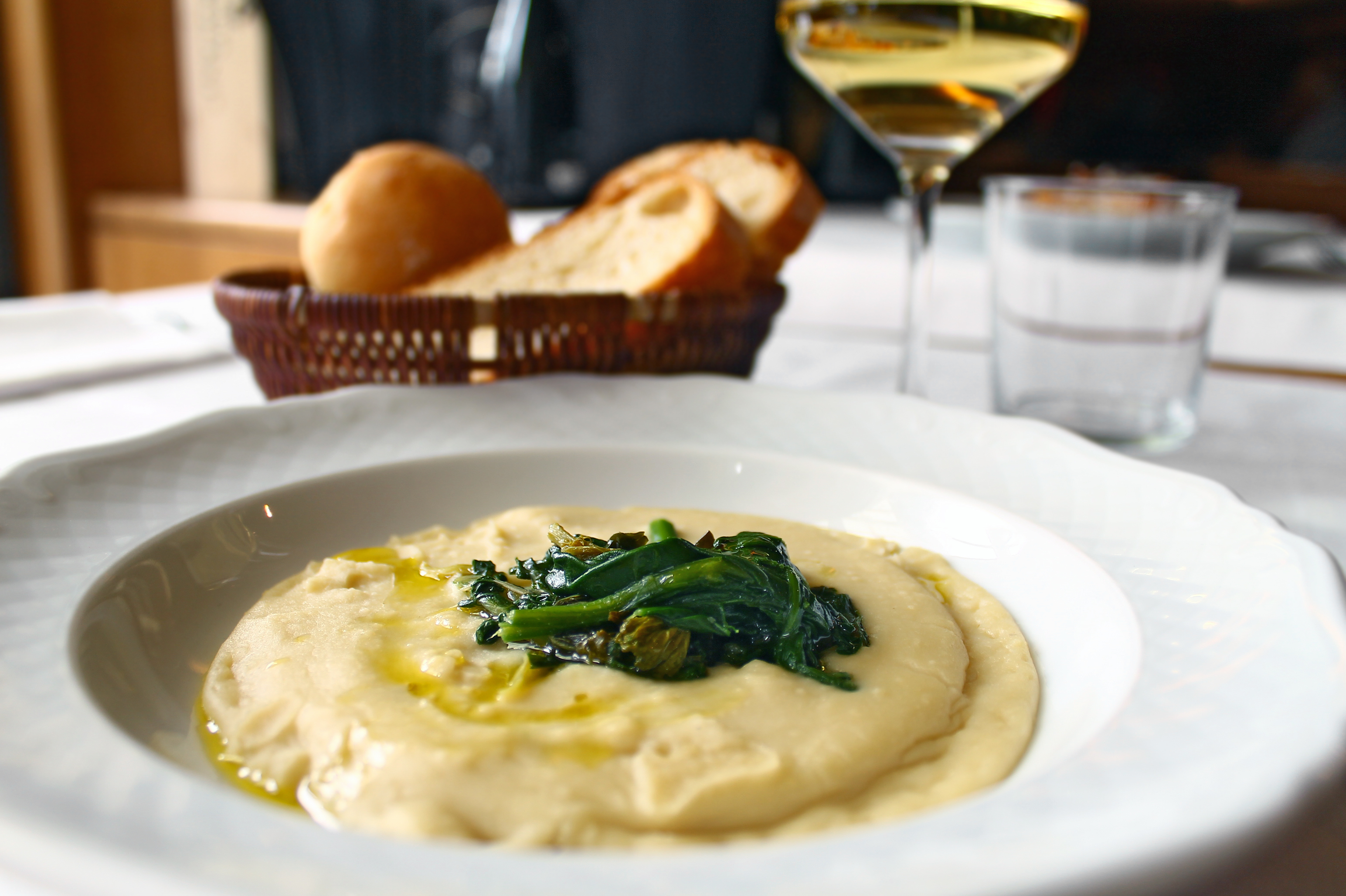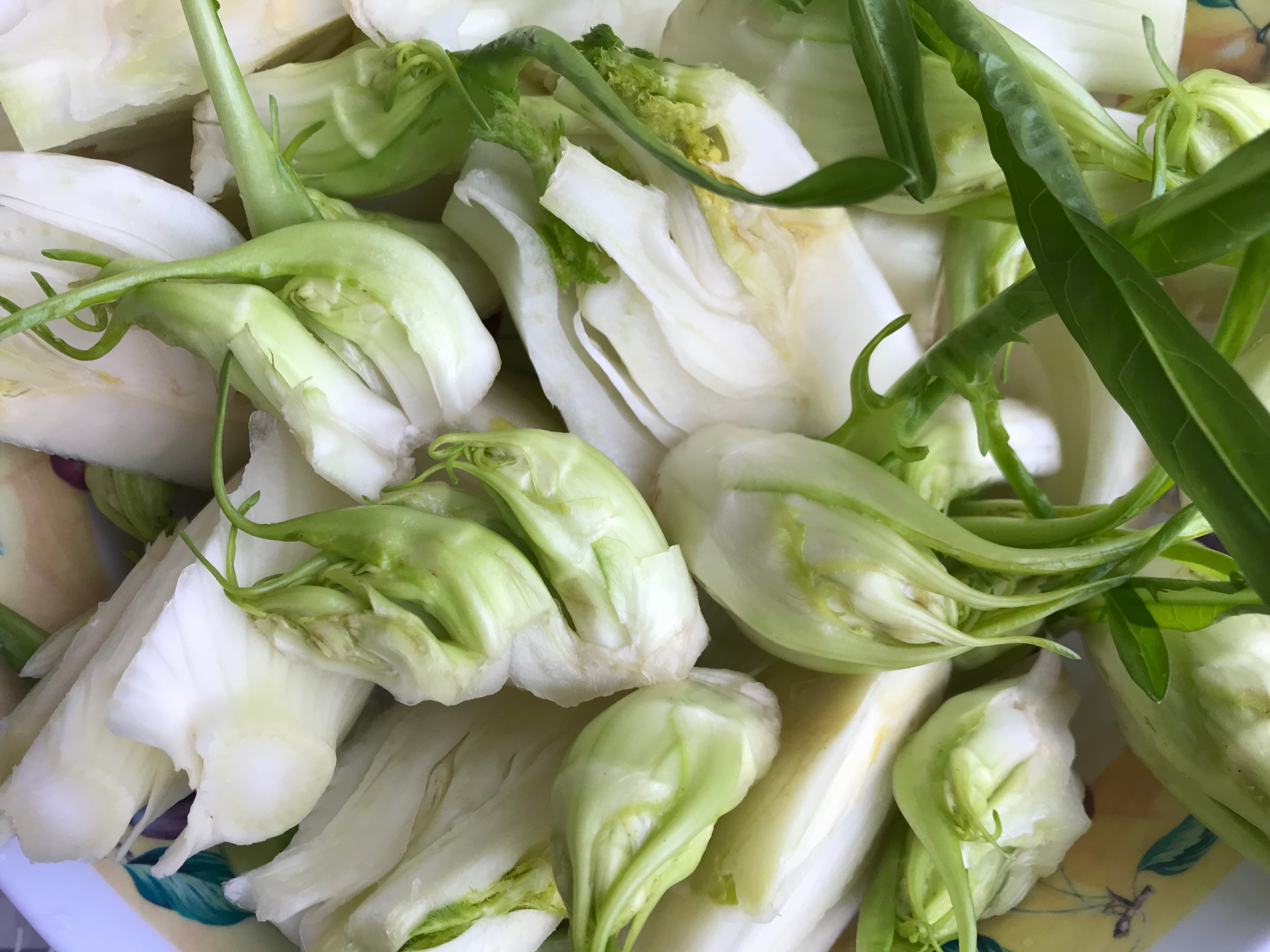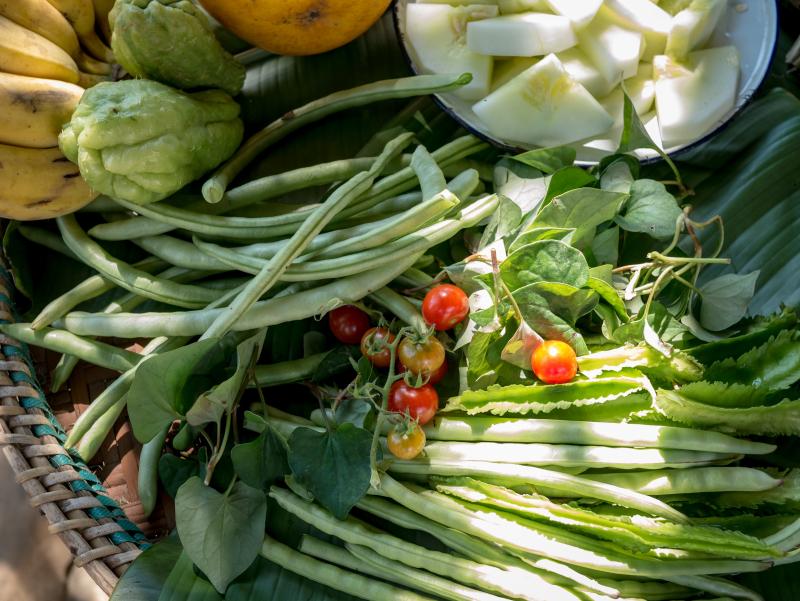In Puglia and Basilicata, bunches of asparagus at small greengrocers have a wild look. These lanky stalks are distant relatives of the shoots you’d find packaged in a supermarket — because they’re foraged.
Learning the art of scavenger hunting for asparagus in forests, and king trumpet mushrooms among wild thistle, is a way of life in towns around Alta Murgia National Park, about 55 miles west of Bari. Culinary traditions in towns such as Gravina in Puglia (its 17th-century Ponte Acquedotto bridge was featured in the 25th James Bond film, No Time to Die) and Altamura (known for its bread), focus on foraging. This isn’t just because it’s cultural to create a feast from minimal ingredients, but also because wild tastes better — once you try that unruly asparagus, your taste buds may refuse to accept cultivated shoots.
Among open spaces for walking, hiking, and biking in the park and towns in the area, it's common to see edible greens sprouting among ancient stone walls, rocks, and beneath trees. For those who know what to look for, foraging brings a bounty that makes up some of the area’s signature dishes.
Trumpet mushroom (Cardoncelli funghi)
King trumpet mushrooms offer a meatiness that can stand alone or as a side dish and they are sorted by how they can best be used: smaller ones are for sott’olio, medium are for frying or to bed added to pasta, and larger fungi are cooked in the oven with breadcrumbs. For sott’olio, they are preserved with golden local olive oil, when fried garlic is added, and both are served as antipasti to start a meal. They top pasta, such as orecchiette, with local sausage called punta di coltello (pork sausage), or are added to risotto. Further south in Puglia, you may find cardoncelli funghi paired with fish, such as turbot, creating Rombo e cardoncelli, a pan-fried dish.
Asparagus (Asparagi)

One taste of this asparagus and you won’t mind trudging through a muddy forest to snatch tender greens out from under trees during the few days that they are ripe for harvesting (usually in April). They are then formed into a frittata or simple risotto. For the frittata, local sheep’s cheese, such as pecorino, is added. Much thinner and more tender than store-bought asparagus, picking them early in their lifespan ensures the best flavor.
Spiniest thistle (Cardoncelli verdura)
Not to be confused with the mushrooms, cardoncelli verdura is a green that’s either cooked or marinated to soften its spines and then eaten as a salad. When cooked, the stalks are blanched first and then go in the oven with pecorino and breadcrumbs. Or, they can be sauteed in a pan along with eggs, similar to a frittata.
Tassel hyacinth bulb (Lampascione)
These bulbs are a bit bitter and earthy and are found by their long thin hyacinth stalk that looks similar to lavender, and then pulled from the soil one by one. Another popular sott’olio, they can also be boiled in water with oil, salt, and pepper added, as a side dish. For an antipasto, they are boiled and then mashed with oil and egg, and fried into patties. As a main dish, they join trumpet mushrooms and lamb and are cooked in the oven.
Chicory (Cicoria selvatica, tarassaco)

Chicory, a spicy green related to dandelion, is often seen growing along the side of country roads, in the hills, and under olive trees. The bitter taste diminishes when the stems are simmered in salted water until they are soft. Added to a puree of dried fava beans, they become fave e cicorie, one of the region’s most well-known dishes, served as either a meal or an antipasto.
Sowthistle (Sivone)
In the same family as chicory and with a similar taste, this plant is more difficult to eat because of its spines. It’s found around farms and among hills and, like chicory, can be cooked and paired with fava. It’s also known for its skin healing properties, so outside the kitchen, you may see it mashed up and placed on cuts.
Spring onion (Sponsale)
This sweet relative of spring onions and leeks tends to sprout up in March. Although technically not wild, they have a small cultivation window in the spring, and are local to Alta Murgia, making them a precious commodity. Sponsale is the key ingredient in U’ ruccl, a stuffed bread also called Focaccia di San Giuseppe, as it’s served for the Feast of Saint Joseph on March 19. On that day, it might be the main course, given its dense consistency with plenty of oil in a flaky crust. The onions add to a raisin and anchovy filling in a circular pastry that resembles börek from the Balkans and Middle East — an example of southern Italy’s cross-Mediterranean culinary influences.
Fennel (Finocchietto)

These sprigs grow abundantly nearly everywhere in the cities and countryside, and tender sweet fennel is found in open spaces where it reproduces more easily. It’s commonly served with lamb, including an Easter dish, Calaridde, with treccia-type mozzarella (named such for its thin braid-like pieces), and other wild vegetables, forming an oven-baked casserole.
Foraging may add an extra time-commitment to preparing your food, but for families who have been eating this way for centuries, the taste makes it worth it.







